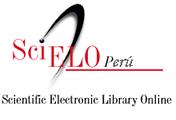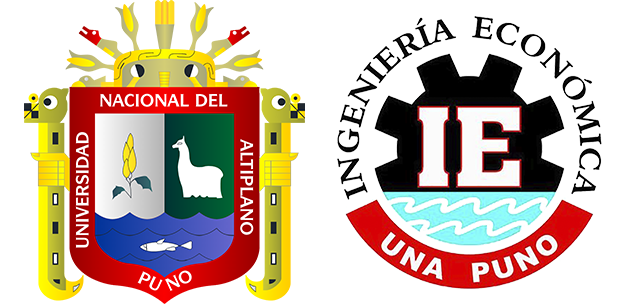Criterios para priorizacion de las potencialidades de desarrollo de la region puno
DOI:
https://doi.org/10.26867/se.2018.v07i2.81Palabras clave:
Costo de los recursos nacionales, desarrollo regional, insumo-producto, planificación, PunoResumen
El presente estudio presenta y discute metodologías y sus respectivos ejemplos, para priorizar los sectores y actividades para el desarrollo de la economía de la región Puno. Se presenta la metodología del Domestic Resource Cost para determinar y priorizar las actividades con que se gana más divisas o se ahorra más divisas; habiéndose pronosticado la importancia de la quinua y productos derivados de los camélidos sud americanos. Otra metodología es el uso de la tabla de Insumo – producto para la región Puno, para ver cuales sectores de la economía contribuyen más, en términos de empleo y producción. Los sectores más importantes son la agricultura (que crea empleo) y la industria (que da más valor agregado), sin embargo, falta que se articulen entre estos dos sectores. Como tercera metodología se discute el modelo de crecimiento, la competitividad y clusters propuesto por Michael Porter. Se usan los indicadores macroeconómicos y en base a estos indicadores se miden sus tasas de crecimiento y la contribución de cada sector de la economía regional. En general es necesario salir del modelo de producción primaria de materias primas, dando valor agregado a los productos, trabajar competitividad y la innovación.
















